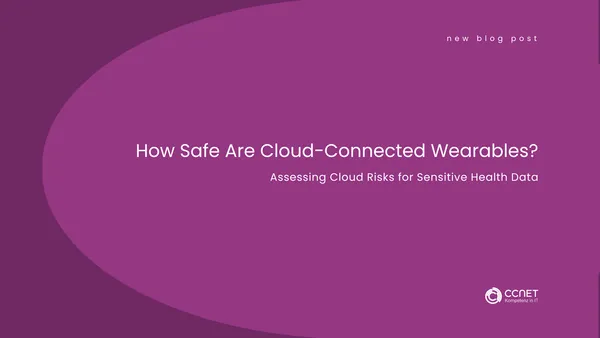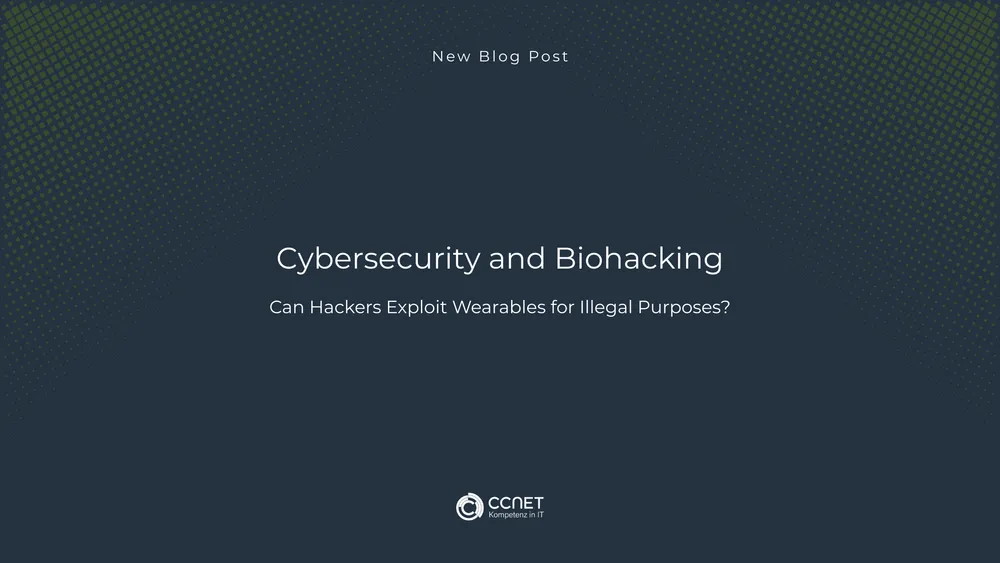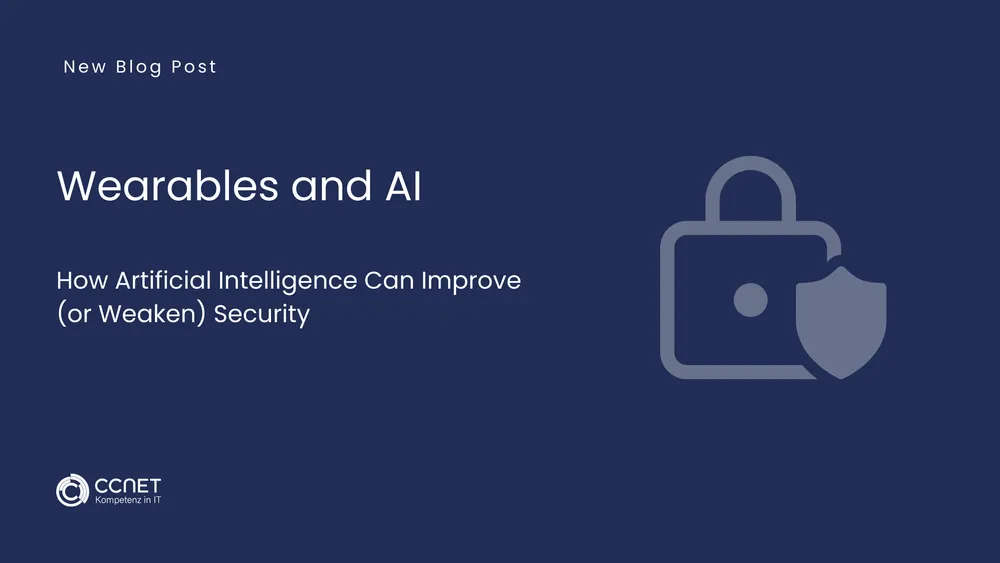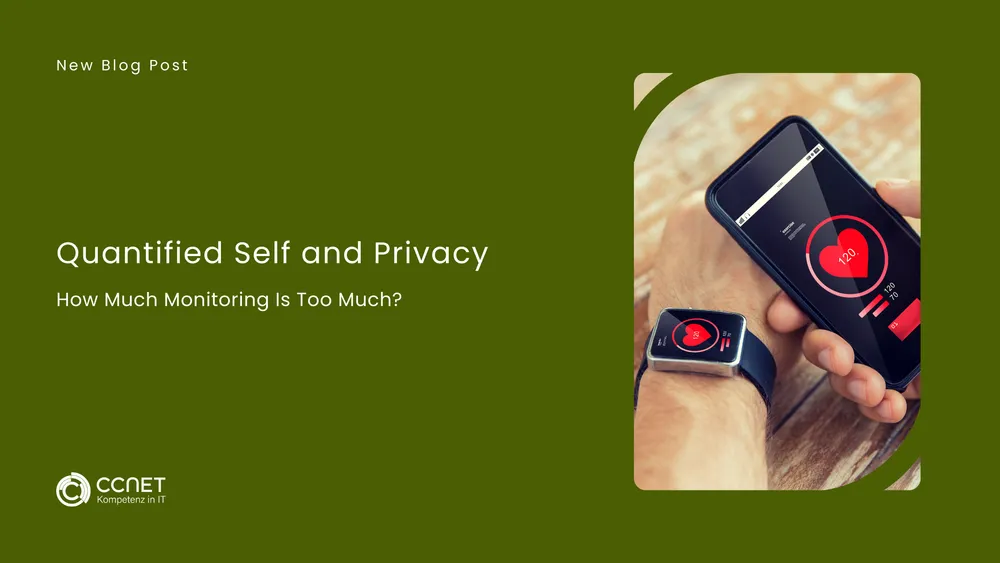
CCNet
Jul 9, 2025 • 2 min read

How Safe Are Cloud-Connected Wearables?: Assessing Cloud Risks for Sensitive Health Data
Most modern wearables sync health data to the cloud to enable long-term storage, analysis, and access across multiple devices. While this offers many benefits, it also introduces significant security and privacy risks. This article examines how secure cloud-connected wearables really are and what measures users and manufacturers should take.
1. Why Do Wearables Use Cloud Services?
Cloud connectivity allows wearables to:
- Store large volumes of data
- Perform AI-based analytics
- Provide users access from multiple devices
- Share information with medical professionals
- Enable firmware updates and remote configuration
However, this convenience comes with a cost—especially in terms of data protection.
2. What Are the Main Security Risks?
a) Data Breaches and Unauthorized Access
Health data stored in the cloud is a high-value target for cybercriminals. If cloud storage lacks encryption or strong access controls, unauthorized parties may gain access to sensitive personal information.
b) Insecure Data Transmission
Data is often transmitted from the wearable to a smartphone and then to the cloud. Without encryption at every step, attackers can intercept and manipulate this information.
c) Cloud Misconfigurations
Incorrectly configured cloud storage—such as open access to storage buckets or inadequate authentication—can leave entire datasets publicly exposed.
d) Lack of Transparency
Users often don’t know where their data is stored, how long it is kept, or whether it is shared with third parties for advertising or analytics.
3. How Can Manufacturers Improve Cloud Security?
- Use End-to-End Encryption: Encrypt data both during transmission and when stored in the cloud.
- Choose Certified Cloud Providers: Use services with certifications such as ISO 27001 or HIPAA compliance.
- Access Control and Monitoring: Implement role-based access, multi-factor authentication (MFA), and logging of all data access events.
- Minimize Data Collection: Store only essential health data—less stored data means lower risk.
- Regular Security Audits: Continuously test and audit cloud infrastructure for vulnerabilities.
4. What Can Users Do to Protect Their Data?
- Read Privacy Policies: Understand what data is stored and who has access to it.
- Use Strong Passwords and MFA: Protect your account on apps that sync with wearables.
- Delete Data When No Longer Needed: Many apps allow users to export or delete their stored data.
- Disable Unused Sync Functions: If you don’t need cloud sync, deactivate it or use local-only storage.
Conclusion: Balancing Functionality and Security
Cloud services significantly expand the capabilities of health wearables—but also introduce new risks. Manufacturers must secure cloud infrastructure, and users must understand the data lifecycle. Only through encryption, transparency, and responsible usage can cloud-connected wearables become secure tools in digital healthcare.


